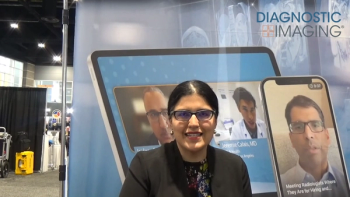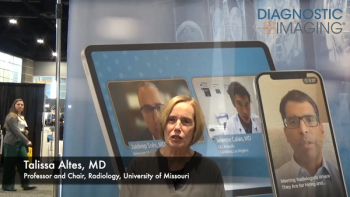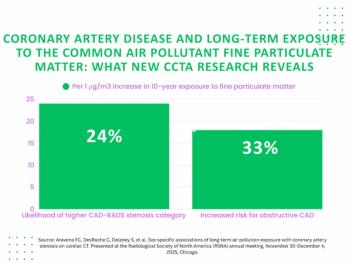
Radiology Residents Interpreting More Images
Imaging examinations interpreted by diagnostic radiology residents and fellows have increased.
More radiology residents and fellows are interpreting imaging examinations of Medicare beneficiaries, according to a study published in the
Researchers from Georgia, Virginia, and Arkansas sought to evaluate changes in the workloads of diagnostic radiology residents and fellows in recent years.
The researchers used annual Medicare Part B Physician/Supplier Procedure Summary (PSPS) Master Files from 1998 through 2010 as their primary data source. Data were extracted and subgroup analytics performed by modality. Volumes were annually normalized for active diagnostic radiology trainees.
The results showed that Medicare claims for imaging services increased from 78,901,255 in 1998 to 105,252,599 in 2010, for an increase of 33.4%.
Service volumes increased across all modalities:
The total trainee services nationally increased three times as rapidly, the researchers noted. “On an average per trainee basis, however, the average number of diagnostic services rendered annually to Medicare Part B beneficiaries increased from 499 to 629 (+26.1 percent).” By modality, this represents an average change from:
• 333 to 306 examinations (−8.1%) for radiography
• 20 to 18 (−7.4%) for mammography
• 37 to 56 (+49.7%) for ultrasound
• 88 to 202 (+129.1%) for CT
• 20 to 47 (+132.0%) for MRI
The researchers concluded that between 1998 and 2010, the number of imaging examinations interpreted by diagnostic radiology residents and fellows of Medicare beneficiaries increased on average by 26% per trainee, with growth largely accounted for by disproportionate increases in more complex services (CT and MRI).
Newsletter
Stay at the forefront of radiology with the Diagnostic Imaging newsletter, delivering the latest news, clinical insights, and imaging advancements for today’s radiologists.




























